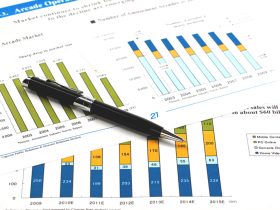The World Bank has revised its growth estimates for the East Asia and Pacific region, lowering the 2023 forecast to 5% from the previously projected 5.1%, according to its semi-annual outlook report released on Sunday. The growth rate for 2024 is expected to be 4.5%. Despite these adjustments, the region’s growth remains robust compared to other emerging markets and developing economies.
This revision can be attributed to improving external conditions supporting the region’s growth, while persistent domestic issues in China pose challenges. China’s growth for 2023 is projected at 5.1%, and the rest of the region, excluding China, is expected to grow at a rate of 4.6%. However, China’s growth is predicted to slow down in 2024 due to domestic difficulties such as elevated debt, a weak property sector, and structural factors like aging.
Manuela V. Ferro (NYSE:), Vice President for East Asia and Pacific at the World Bank, said, “The East Asia and Pacific region remains one of the fastest growing and most dynamic regions in the world, even if growth is moderating.”
The report further reveals that growth in the rest of the region could edge up to 4.7% in 2024 as global recovery and easing financial conditions offset slowing growth in China and trade policy measures in other countries. Ferro added that maintaining high growth over the medium term would require reforms to sustain industrial competitiveness, diversify trading partners, and enhance productivity in the services sector.
The World Bank also highlighted potential downside risks such as geopolitical tensions and natural disasters, including extreme weather events. The institution believes that services sectors can play an increasing role in driving development in a region known for manufacturing-led growth.
In terms of digitalization, Chief Economist Aaditya Mattoo of World Bank East Asia and Pacific, said that services reform and digitalization could generate a virtuous cycle of increasing economic opportunity and enhanced human capacity, powering development in the region. The World Bank also emphasized that the combination of services reform and digitalization is creating new opportunities and enhancing people’s capacity to take advantage of these opportunities.
This article was generated with the support of AI and reviewed by an editor. For more information see our T&C.
Read the full article here













Leave a Reply